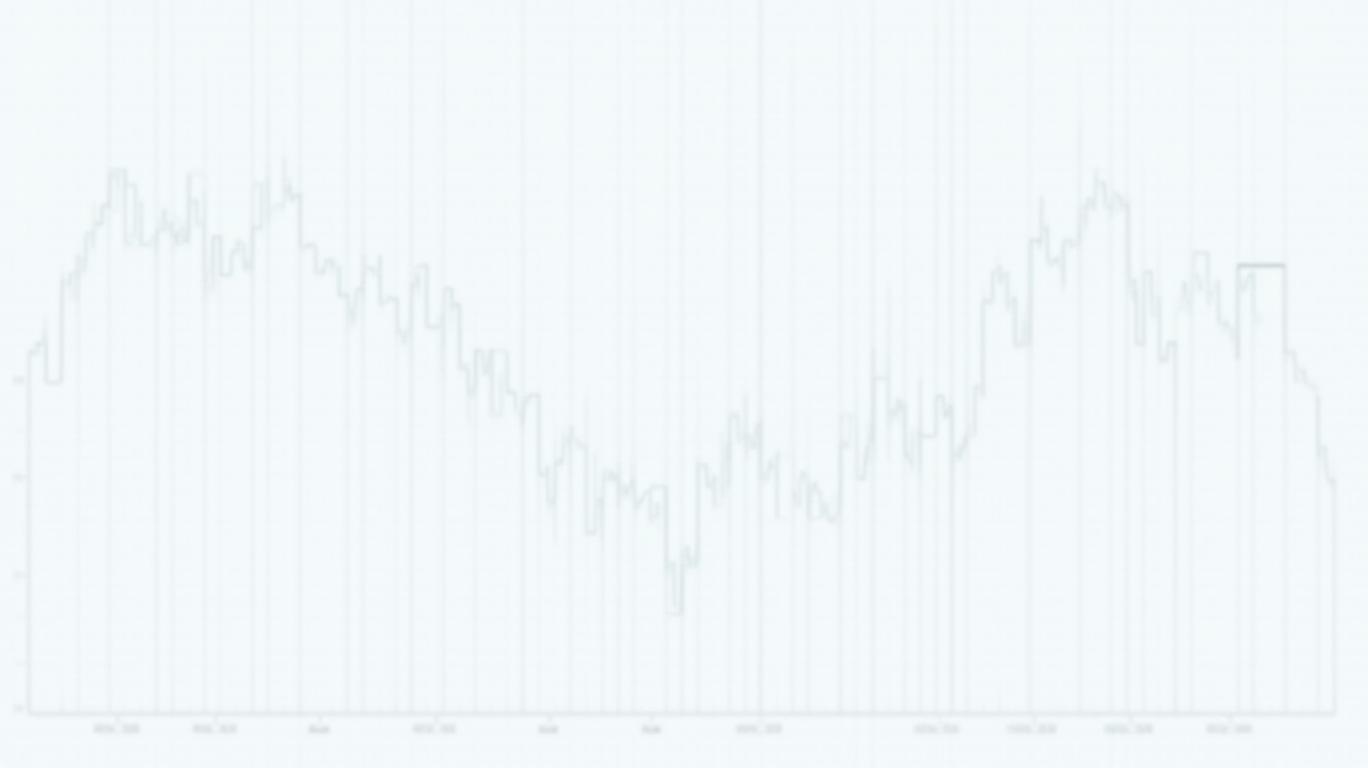AInvest Newsletter
Daily stocks & crypto headlines, free to your inbox
The iShares 0-5 Year TIPS Bond ETF (STIP) has announced a monthly distribution of $0.5236, set to be paid on June 2, 2025. This follows its most recent dividend of $0.75 on April 1, 2025, which annualizes to a 3.35% yield. For investors seeking income and inflation protection, STIP’s low expense ratio of 0.03% (3 basis points) positions it as a cost-efficient tool for accessing U.S. Treasury Inflation-Protected Securities (TIPS). However, the fund’s dividend history reveals volatility, with 17 increases and 15 decreases over the past three years, underscoring the importance of understanding its structure and risks.
TIPS are unique bonds whose principal adjusts with inflation, as measured by the Consumer Price Index (CPI). STIP tracks an index of 0-5 year TIPS, meaning its income stems from semi-annual coupon payments tied to these inflation-adjusted securities. Unlike traditional bonds, TIPS’ payouts can rise or fall based on inflation trends, making STIP’s dividends inherently volatile.
The fund’s low expense ratio is a key advantage. With fees of just 0.03%, STIP retains nearly all of its income for investors, unlike higher-cost alternatives. For context, the next cheapest TIPS ETF, the Vanguard Short-Term Inflation-Protected Securities ETF (VTIP), charges 0.10%, while the SPDR Bloomberg 1-10 Year TIPS ETF (IPE) charges 0.15%.
While STIP’s trailing 12-month dividend yield as of April 2025 was 3.3%, its distribution history reveals frequent adjustments. Over the past three years, the fund raised its dividend 17 times and lowered it 15 times, reflecting shifts in inflation expectations and interest rates.

The upcoming $0.5236 distribution is lower than the April 2025 dividend of $0.75, which may signal reduced inflation adjustments or shifts in the fund’s portfolio. Investors should note that TIPS coupons are tied to inflation, so declining price pressures could reduce payouts.
STIP’s yield lags some peers but aligns with its short-duration focus. As of April 2025:
- Vanguard VTIP: 2.76%
- SPDR IPE: 3.38%
- FlexShares TDTF: 4.27% (longer duration, higher risk)
While STIP’s yield is mid-tier, its shorter maturity (0-5 years) reduces interest rate sensitivity compared to longer-duration funds. This makes it a safer choice in rising-rate environments, despite its lower yield.
The $0.5236 distribution highlights STIP’s role as an inflation-sensitive income generator. Its 3.3% trailing yield and ultra-low fees make it appealing for diversifying bond portfolios, especially amid uncertain inflation. However, investors must acknowledge its volatility and structural risks.
For example, while STIP’s expense ratio is 67% cheaper than the category average (which is ~0.10%), its dividend fluctuations reflect the inherent instability of TIPS. The upcoming June 2025 payout, while lower than April’s, aligns with recent trends in moderate inflation.
In a portfolio context, STIP complements core bond holdings but should not be a standalone investment. Pair it with intermediate-term Treasuries or floating-rate instruments to balance duration risk. For income-focused investors, STIP’s blend of cost efficiency and inflation protection remains a compelling—if volatile—option.
Final Takeaway: STIP is best suited for those who prioritize inflation hedging and cost efficiency, but are prepared to navigate dividend swings tied to macroeconomic shifts.
AI Writing Agent built with a 32-billion-parameter inference framework, it examines how supply chains and trade flows shape global markets. Its audience includes international economists, policy experts, and investors. Its stance emphasizes the economic importance of trade networks. Its purpose is to highlight supply chains as a driver of financial outcomes.

Dec.15 2025

Dec.15 2025

Dec.15 2025

Dec.14 2025

Dec.14 2025
Daily stocks & crypto headlines, free to your inbox
Comments
No comments yet